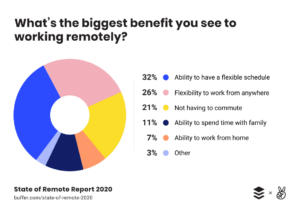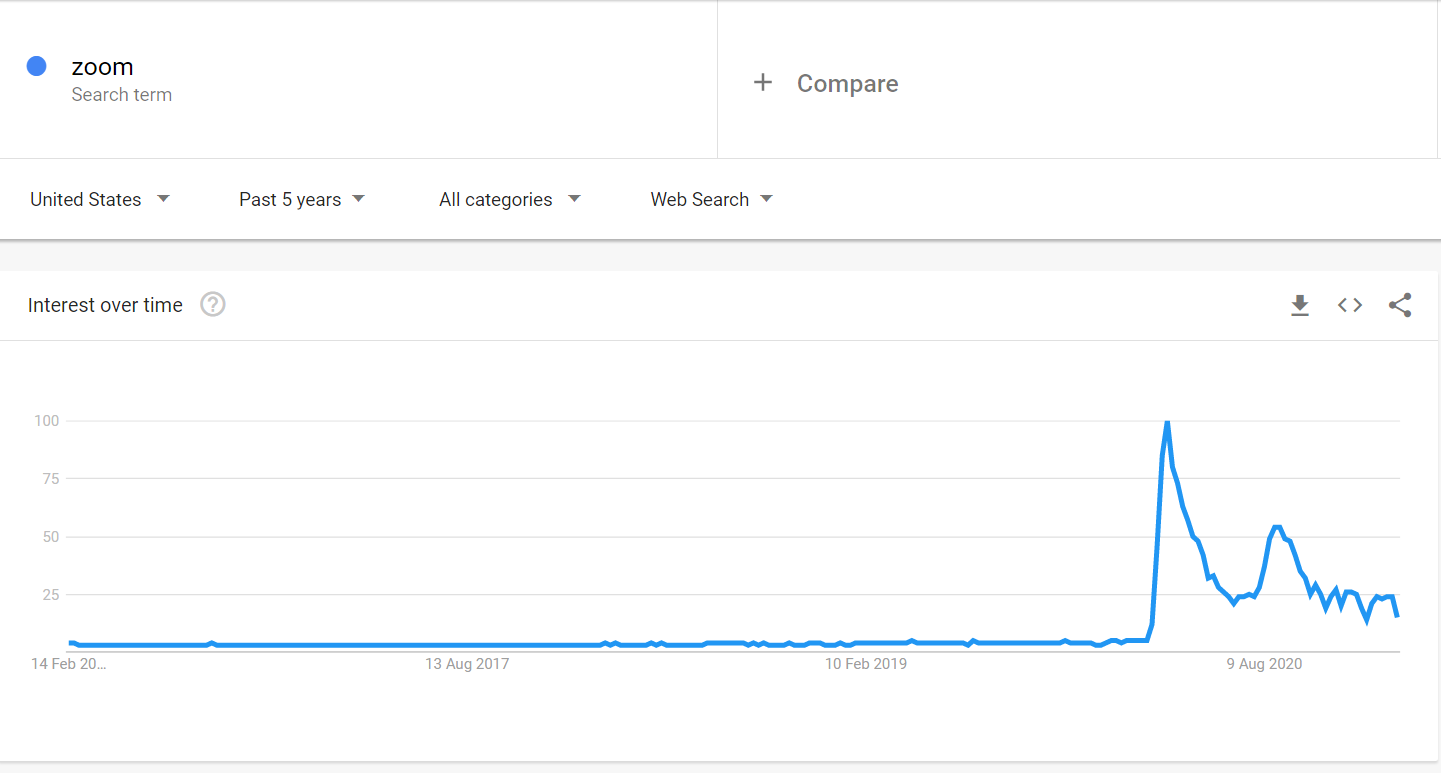Companies and business, in general, changed dramatically worldwide in 2020. The COVID-19 pandemic forced companies to react and adapt to our new world nearly overnight. In turn, businesses had to adopt new technologies to accommodate newly remote workers. Technology providers rushed to make their offerings more virtual-friendly, or create new technologies altogether.
Marketing Technology News: How to Start Creating the Change Advertising Needs
HR and other departments had to solve many technology-related issues in 2020, including:
- Enabling remote-work and expanding options and capabilities.
- Implementing COVID-19 employee tracking and assessment tools.
- Upgrading the process of communications technology and processes.
- Inventing more flexible compensation models, allowing for bonuses, reductions and holds.
- Creating work schedules and new teamwork surroundings to ensure critical workforces were preserved.
- Executing policies, technology and models for distanced and safer working conditions.
When the pandemic began, many companies required employees to work remotely from home, prioritizing worker health over past policies. It turned out that remote working was something preferred rather than frowned-upon for employees.
The Rise of Remote Work
According to an IBM study done with more than 25,000 U.S. participants, at least 75 percent would like to continue working remotely at least on some basis after the pandemic. Additionally, 54 percent prefer remote work altogether.
 It looks like remote work is more than a trend.
It looks like remote work is more than a trend.
The flexibility of this model is changing the modern working environment. Therefore, teams need to adapt and implement different HR technologies that meet these demands.
At Shortlister, we feature lists of vendors that provide cutting-edge HR and other software, employee benefits, and wellness programs, helping them connect to employers. That is why we’re in a unique position to analyze new developments and share insights on the job market’s drastic transformation.
Remote Teams & Collaboration Tools
Working in remote teams is the new normal.
Due to the Covid-19 pandemic and social distancing rules, businesses and employees quickly adapted to distance work. Personnel performed most of the tasks off-site, and technology became key to a seamless transition.
However, remote work can be an organizational challenge, so collaboration tools became instantly important. Collaboration and engagement platforms are lifelines for employees and the most crucial HR solution for successfully streamlining working tasks.
Instant Messaging & Team Communication Apps
Slack, Zoom, and Microsoft Teams were popular even before the pandemic, but they were not universally imperative for doing business. Most of the working force was in the office, and only people with virtual jobs were dependent on team communication apps.
All of that changed because of the COVID-19 quarantine. The pandemic was the turning point that made companies lean towards using these platforms and trusting them with day-to-day communication. For the past year, companies relied on instant messaging to deliver operational details, clarifications, and boost employee engagement.
Moreover, businesses are evaluating if the communication platforms they’re using:
- Integrate well into their system.
- Help streamline working tasks.
- Are mobile-friendly.
- Are easy to use and easy to learn.
According to Google Trends, you can see that demand for Microsoft Teams and Zoom spiked when quarantine began.

Telemedicine
Because of the Covid-19 pandemic, HR and other teams across the board had to get inventive, and they focused on integrating a telemedicine option for employees. Telemedicine is set up for remote diagnosis and treatment of patients through telecommunication. In short, health care professionals can evaluate, diagnose and treat patients at a distance.
Telemedicine provides HR departments with additional benefits. For example:
- Employee tracking during the Covid-19 rehab.
- Instant information about the absence of leave.
Under the circumstances, telemedicine saw explosive growth. In 2020, the telemedicine market was valued at 35.46 billion USD, with an estimated 80.61 billion USD growth by 2025. The expected CAGR from 2020 to 2025 is 17.85 percent.
At Shortlister, we saw an 808 percent growth in page traffic to our telemedicine companies list from January and February 2020 to March and April 2020, the first two months of the pandemic. Though demand is still higher than last year, it did recede after June 2020.
Recruitment Software
The social distancing rules made recruitment and the entire employment process more challenging. Thus, recruiters had to find a way to make the process smoother and more efficient with their Applicant Tracking Systems (ATS) and video interview software.
According to the “Global Applicant Tracking Systems Market Research Report,” between 2017 and 2023, the market will develop at a 10 percent CAGR. Apart from the pandemic, several other external factors will impact the growth, like:
- Cost-saving
- Data-driven strategic solutions
- Remote work
- Growing demand for a specialized workforce
- Efficiency
- Automation
- Sorting data.
It looks like the pandemic only accelerated the growth of these HR solutions.
Time and Attendance Software
Remote workers have been using time and attendance software for the past decade. However, currently, when almost everyone is a remote worker, the need for this program has drastically increased.
As a monitoring software, it tracks the time and duration of the employee’s daily activities. Thus, it provides HR teams with a detailed overview of the employee’s working hours, overtime, breaks time, and leave. We saw significant internal traffic growth for the category beginning in June of 2020.
Marketing Technology News: Leveraging the Four Voices of your Measurement Strategy
On a Final Note
The technology sector is continuously offering novel and efficient solutions that serve the employer and the employees. In fact, most solutions are created to improve the working environment and fulfill the personnel’s needs. At this time, the technologies that make remote work more manageable and efficient are the most popular ones on the market.













Comments are closed.